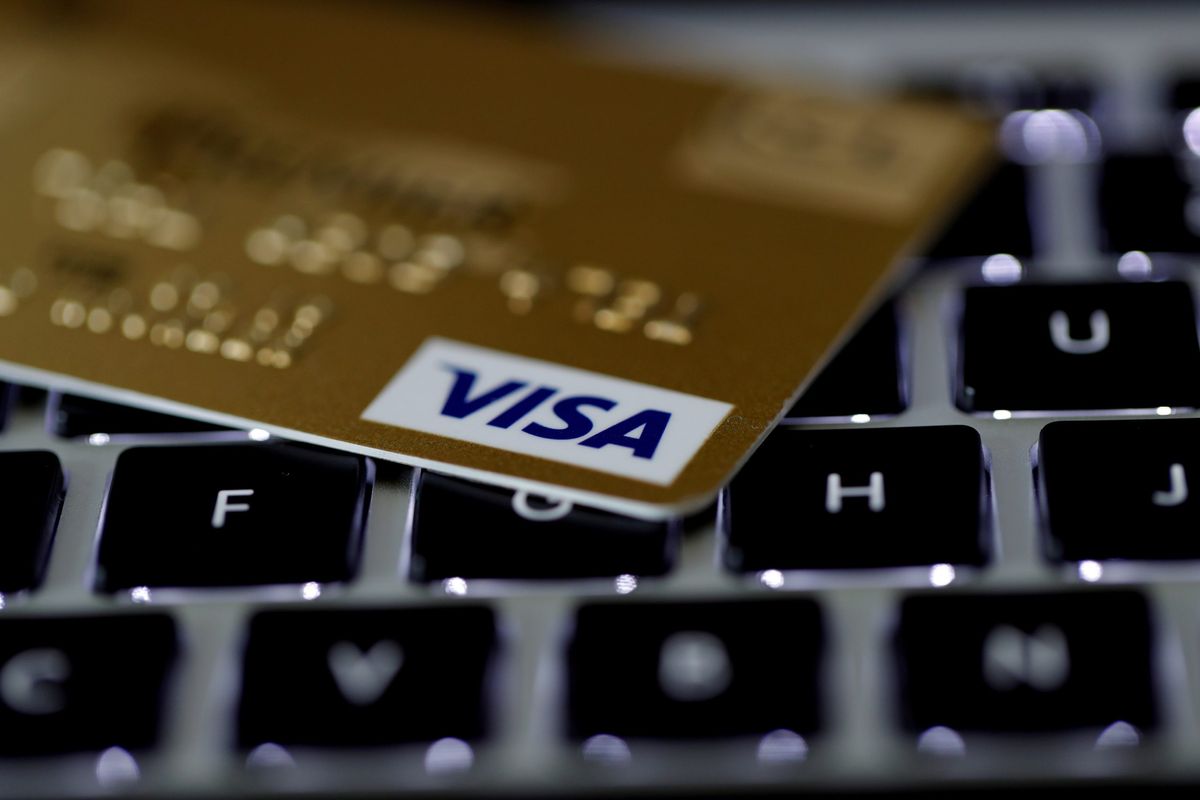Visa now supports stablecoin transactions. But what are stablecoins?

A few minutes every morning is all you need.
Stay up to date on the world's Headlines and Human Stories. It's fun, it's factual, it's fluff-free.
Stablecoins try to connect the chasm between fiat currencies and cryptocurrencies.
Financial services company Visa has recently announced that payments can now be made in USD Coin (USDC) – a stablecoin with its visa-branded cards, Crypto.com. USDC, as the name suggests, is pegged to the United States dollar and was co-founded by Circle and Coinbase.
But what exactly are stablecoins?
Stablecoin refers to a variety of cryptocurrencies that get their value from some external reference. It also refers to a unique set of cryptocurrencies that offer price security and are backed by a reserve asset. Recently, stablecoins have become quite popular as they attempt to provide the best of both worlds – namely, the immediate processing and security of cryptocurrency payments as well as the stability offered by a fiat currency, which is currency established as money.
While Bitcoin continues to be the most prominent cryptocurrency, it’s prone to high levels of instability in its valuations.
For example, Bitcoin rose from US$5,950 in November of 2020 to more than US$19,700 in December and then fell to around US$6,900 in February of this year. Even over the course of a few hours it’s common to see the cryptocurrency increasing or decreasing by more than 10%.
This kind of short-term instability makes Bitcoin and other well-known cryptocurrencies unsuitable for daily use by the public. Typically, a currency’s value should remain moderately stable over longer periods. Users will be hesitant to use a currency if they’re unsure of what its purchasing power will be in the immediate future.
Ideally, a crypto coin should preserve its buying power and have the most moderate possible inflation rate. Stablecoins provide a resolution to achieve this.
Two main reasons for the price stability of fiat currencies are the reserves that support them and the actions authorities take to regulate the market. While fiat currencies are pegged to an underlying asset, such as gold or forex reserves, their appraisals can vary.
Even in extreme cases when a fiat currency’s appraisals fluctuate drastically, the regulating authorities jump in and control the supply and demand of the currency to sustain price steadiness.
The majority of cryptocurrencies lack two primary features – they don’t have a reserve supporting their appraisal and they don’t have a principal authority to manage prices when necessary.
Stablecoins try to connect the chasm between fiat currencies and cryptocurrencies. There are three divisions of stablecoins, all based on their moving mechanisms. They are fiat-collateralized stablecoins, crypto-collateralized stablecoins and algorithmic stablecoins.
Fiat-collateralized stablecoins
Fiat-collateralized stablecoins support a fiat currency asset, like the US dollar, as insurance to issue a suitable number of crypto coins. Other forms of collateral can include precious metals like gold or silver and commodities like oil, but most of the present-day fiat-collateralized stablecoins use dollar reserves.
Such reserves are supported by independent custodians and are regularly examined for compliance with the necessary regulations. Tether (USDT) and TrueUSD are popular crypto coins with a value equal to the US dollar and supported by dollar deposits.
Crypto-collateralized stablecoins
Other cryptocurrencies support Crypto-collateralized stablecoins. Since the reserve cryptocurrency may also be inclined to high volatility, such stablecoins are “over-collateralized."
Case in point, US$2,000 worth of ether may be held in reserve in order to issue US$1,000 worth of crypto-backed stablecoins, which supports up to 50% in reserve currency (ether). More periodic audits and monitoring complement price security.
Non-collateralized stablecoins
Non-collateralized stablecoins don’t use any reserve but add a working mechanism, like that of a central bank, to maintain a constant price. For instance, the dollar-pegged basecoin uses a mechanism to increase or reduce the supply of tokens. Such actions are similar to a major bank issuing bank notes to sustain valuations of the fiat currency. These actions can be achieved by implementing a smart contract on a decentralized platform that can run autonomously.
Since the blockchain is decentralized and in the public domain, it makes duplication or imitation nearly impossible. Cryptocurrency is not recognized as a standard asset and trading is even prohibited in certain countries. As a result, it is an extremely unstable asset class.
Still, the price movement of cryptocurrencies – even within one trading day – also known as intraday price swings, can vary wildly.
Have a tip or story? Get in touch with our reporters at tips@themilsource.com




Comments ()